Can we overcome the deficit in public health expenditure?

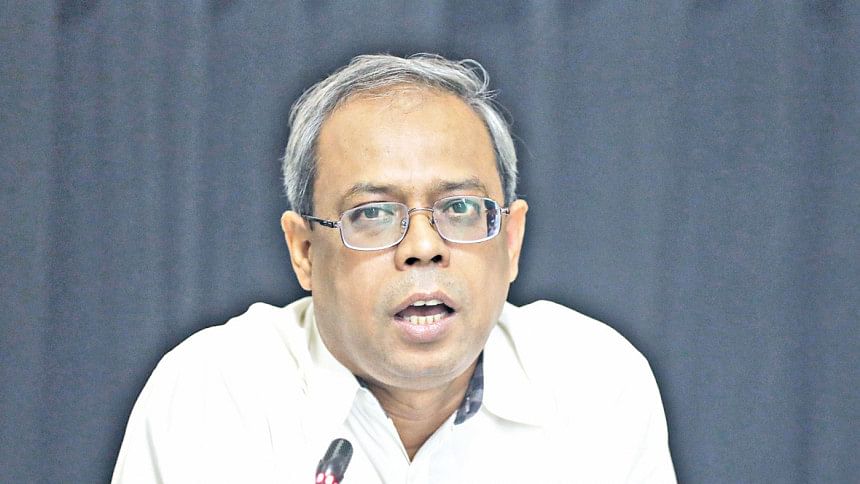
Dr. Sayed Rubayet, Convener, CSO Forum and Country Director, Ipas Bangladesh
According to Article 15 of our Constitution, the fundamental responsibilities of the state under the provisions of necessities include food, clothing, shelter, education, and medical care. Article 18.1 states, "The state shall regard the raising of the level of nutrition and the improvement of public health as among its primary duties."
The revised budget for FY 2023-24 for health was Tk 29,783 crore, which is substantially lower than the proposed budget. This year's budget is Tk 41,407 crore which means that the per capita healthcare allocation is $20.6 through this budget.
Looking at the last 25 years, in 2000 the government per capita expenditure on health was $8, in 2010 it was $13.7, in 2021 it was $25.9, and this year it has been proposed to be $20.6. We have always seen that the allocation decreases in the revised budget for the health sector. The data for 2021 is used in this entire presentation as most countries' data is available up to 2021. The World Health Organization's (WHO) Global Health Expenditure database was updated on April 15 this year. According to this information, in Bangladesh, the government spent $26 per capita on health expenditures in 2021. In Myanmar, this expenditure was $48, positioning it just after Bangladesh. Following Myanmar are Pakistan, Nepal, India, Sri Lanka, and the Maldives.
The WHO included 192 member countries in the list, identifying the 20 countries with the lowest per-capita government health expenditures. Bangladesh is ranked 19th lowest in per-capita government health expenditure. The Asian country closest to Bangladesh is Afghanistan. The rest of the countries are either in Africa or in war zones.
In the year 2000, the percentage of GDP used for health expenditure was 0.51 percent, then a few fluctuations occurred. It has been observed that since 2017, it has been repeatedly declining, and in 2021 it became 0.4 percent in a linear trend.
I have compared three timeframes with our neighboring countries from 2000, 2010, and 2021 so we can understand the trend. For Bangladesh, the government health expenditure is going down. In Bhutan, it is also going down but is in a better condition in comparison to GDP. In India, it has gradually improved, being 2.5 times higher than Bangladesh. Even though Sri Lanka is battling its own challenges, the country's government health expenditure is 4 times higher than Bangladesh's. No country is near Bangladesh at 0.4 percent. Except for Pakistan and Bangladesh, no country has less than one percent in health expenditure. Currently, Bangladesh holds the lowest position in the region.
If we look at the data from 212 countries regarding the proportion of GDP allocated by the government for health expenditure, Benin has the lowest health expenditure, followed by Bangladesh in the second position, then Haiti, Cameroon, Nigeria, and Togo. This image is not a promising one.
Among developed countries, Cuba tops the list in terms of government healthcare spending as a proportion of its GDP. The top ten also include countries such as France, Austria, USA, Sweden, Germany, and the UK. These countries are spending 9.3 to 12.6 percent of their GDP on their health expenditure.
In our political priorities and discussions, the health sector is the most neglected one, even in the media as well. The out-of-pocket healthcare expenditure is increasing day by day. In 2000, the expense was Tk 6 out of Tk 10, which has increased to Tk 7.4, meaning now the out-of-pocket expenditure stands at 74 percent.
The list of countries with the highest out-of-pocket healthcare expenditure is topped by Armenia at 79 percent. Bangladesh holds the sixth position due to substantial medical costs, an insufficient government health budget, and a near absence of financial protection for health-related events. Among neighboring countries, Myanmar and Afghanistan are in similar positions.
However, Nepal, India, and Sri Lanka have progressed substantially Bhutan and the Maldives are far ahead of us, spending only 19 percent and 14 percent, respectively.
In Bangladesh, catastrophic health expenditure (CHE) is increasing day by day. The government has committed to reducing out-of-pocket expenditure to 32 percent by 2030, in line with universal health coverage and SDG commitments.
Catastrophic health expenditure in Bangladesh has serious consequences. 24.6 percent of the Bangladeshi population spends 10 percent of their total expenditure on health, and this proportion increases to 61.7 percent if at least one household member utilizes an inpatient service.
In Bangladesh, 52 percent of people with at least one household member utilizing a public facility spend more than 10 percent of their total expenditure on health. This proportion increases to 65 percent among those using private facilities. Additionally, 11 percent of people spend 40 percent of their income on health, excluding food costs. If a household has a chronically ill member, this figure rises to 18 percent of the population. For families using inpatient services, 29 percent of the population spends 40 percent of their income on health. For those using public facilities, the proportion is 25 percent, and for private facilities, it rises to 32.6 percent of the population. This is driving people into poverty.
According to the 2016 National Survey on Household Income and Expenditure, 4.5 percent of the population fell below the poverty line due to health expenditures. This affected 8.6 million people. Consequently, the government has to invest significantly more in poverty alleviation programmes to help these people rise above the poverty line.
Due to poor health investment, our health system is becoming unable to meet the needs of the people and provide quality health services, causing many to seek healthcare services abroad. In 2019, 54 percent of medical tourists to India came from other countries, with one-fourth from Bangladesh for medical treatment. In contrast, the Maldives has made constant investments in health. Comparatively, 57.5 percent of Maldivians visiting India did so for medical purposes, which has reduced to 7.3 percent. We must ask ourselves: Can our citizens escape this insufficient investment?
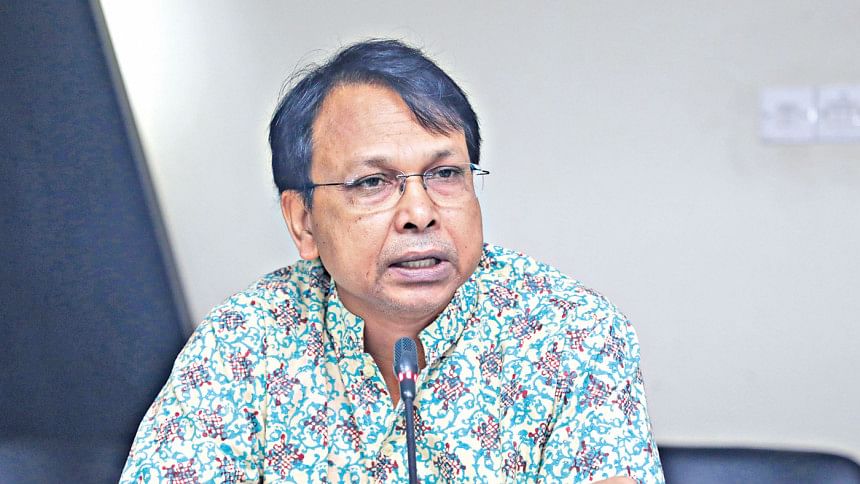
Golam Mortaza, Editor, The Daily Star Bangla
In a recent newspaper article, I read about a significant shortage of medical technologists. While we need around 84,000 technologists, we currently have only about 24,000, with over 31 percent of government positions in this field remaining vacant. For the past 15 years, there has been no recruitment. Recently, around 800 people were hired , but due to severe financial constraints, they have not received any salary for the past 1 to 2 years, according to the Directorate General of Health Services (DGHS).
Health and healthcare budgets are absent from the election manifestos of our country's political parties. Additionally, the mass media and civil society have failed to take an adequate critical stand against our policymakers seeking medical treatment abroad. As a result, this practice has become accepted as normal, despite its implications for our healthcare system. The national budgetary allocation for our healthcare sector decreases annually. This decline is partly due to our policymakers not taking this issue seriously, as they themselves do not use the health facilities within our country.. Instead of addressing the root causes, we often blame doctors for the shortcomings in our health sector. While we have excellent doctors, we lack proper medical management and infrastructure. It's crucial that we focus on improving these areas. We must continue to discuss these issues to influence our policymakers. The mass media should take a much more critical stance on such matters to drive necessary changes in our healthcare system.
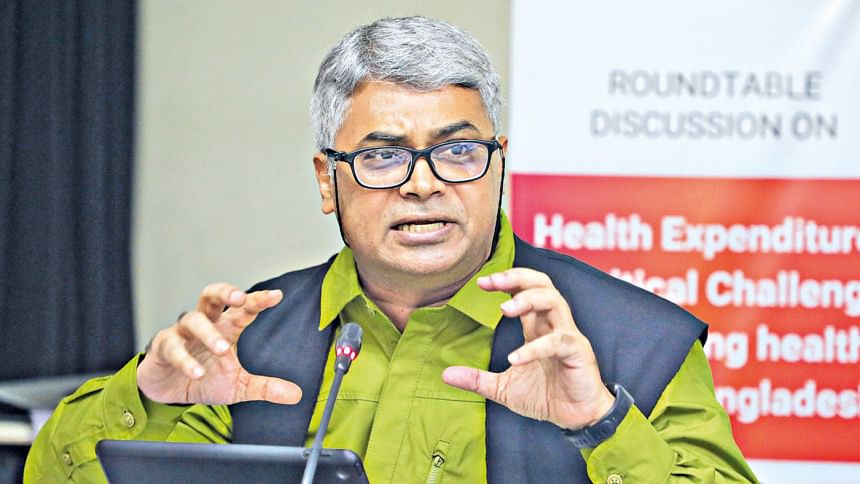
Dr. Mohammad Mainul Islam, Professor, Population Science, University of Dhaka.
I would like to discuss the Perspective Plan (2021-2041), where the government aims to invest 2 percent of GDP in the health sector and 4 percent in the education sector by 2041. However, I believe investing now will bring us greater benefits sooner specifically before 2036-2037. Health and education are sectors that need major investment to turn the unskilled population into human capital benefiting the entire country.
Over time we see the money allocated for specific demographics gradually reducing proportionately. We have not even reached 1 percent growth and are currently at 0.7 percent. This is not being addressed according to the rising number of children, adolescents and older population.
Upon reviewing the budget, I found a lack of useful or in-depth data regarding these issues. If we look at public health, we see a demographic shift and an epidemiological transition where chronic diseases are overtaking and infectious diseases increasing personal expenditures. As time passes, the elderly population grows and many die from chronic illnesses. The degrading climate affects the quality of life and health of the population. Health indicators are deteriorating day by day with child mortality rising and maternal death rates not decreasing as expected. Data collection on these issues is also less effective than before.
The budget's ineffectiveness in the health sector stems from several issues: inadequate financial management, a complex procurement system and tendering process, delays in disbursing the last quarter of the budget, lack of leadership, absence of need-based budgeting practices, insufficient training for health workers, lack of educated health staff, and disparate procurement processes for capital expenditure.
Systematic improvement in the budget allocation, procurement and actualisation of government projects is crucial. The investment ratio in health and education should increase sooner to achieve faster benefits. We need to enhance managerial efficiency, delegate financial power, and reduce the complexity of the procurement process. Health should be viewed as human capital.
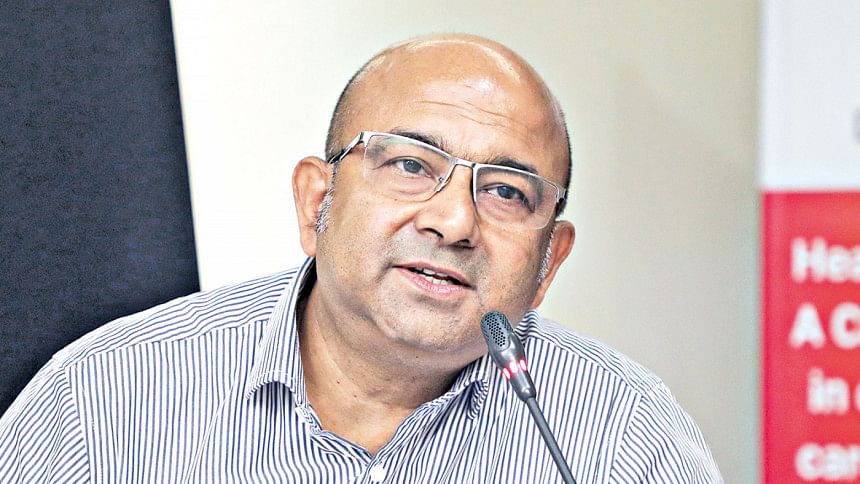
Kishwar Imdad, Country Director, Marie Stopes Bangladesh
I worked at a renowned private hospital for some time, and there I witnessed the staggering extent of out-of-pocket expenditure and the lengths to which people will go, regardless of their socioeconomic background. To lessen the suffering of these people and ensure equitable healthcare for everyone, there was supposed to be a pilot project focused on health insurance, which the health secretary also mentioned. However, it ultimately did not come to fruition. Countries like Canada have implemented healthcare programmes that deduct a certain portion from the paychecks of every job holder, which then funds healthcare for them and the masses. Taxpayers also contribute a portion of their taxes allocated specifically to the healthcare system. This model could be adapted in Bangladesh as well.
I firmly believe that a broader approach to tackling these challenges might not be as effective as focusing on specific facets of the problem one at a time and diligently addressing them.
I have worked at Marie Stopes, and I have firsthand experience with issues regarding reproductive rights and the benefits received by women. We have observed that the under utilisation of funds can occur due to protracted and complex procurement and tendering processes. We collected relevant data, submitted comprehensive reports, and made recommendations on how to tackle these situations. However, the lengthy evaluation process hindered the effectiveness of these initiatives. There are many factors to consider, but these two should be our foremost priority in ensuring a brighter future for the population: transforming the populace into human capital, and providing quality healthcare for all.
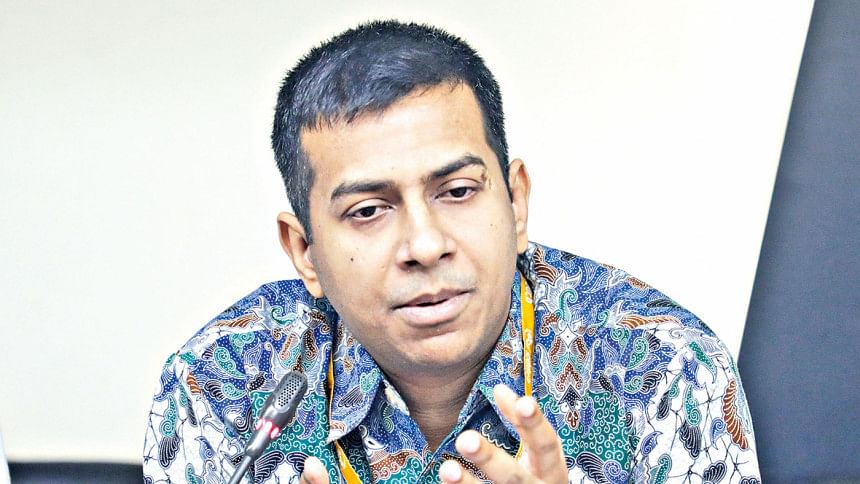
Dr. Ahmed Ehsanur Rahman, Scientist, icddr,b
Major portion of the out of pocket expenditure is spent for drugs; this is extremely difficult for the poor people particularly for chronic diseases like diabetes. There are instances where poor people ration medicine instead of taking regularly for chronic illness. While public hospitals handle deliveries and operations, private hospitals significantly outnumber them in service provision; 2.5-3 times more deliveries, 4 times antenatal care, and 12 times more operations take place in private hospitals in contrast to public facilities. The government faces challenges in regulating and supervising the vast number of private facilities. There is an urgent need to increase budget allocation not only for public healthcare facilities but also to collaborate effectively with private providers to ensure accessible and quality healthcare for all. Ministers, political leaders, and senior government officials should utilize the country's public health facilities for their own healthcare needs. This may help improve the quality of services at these facilities.
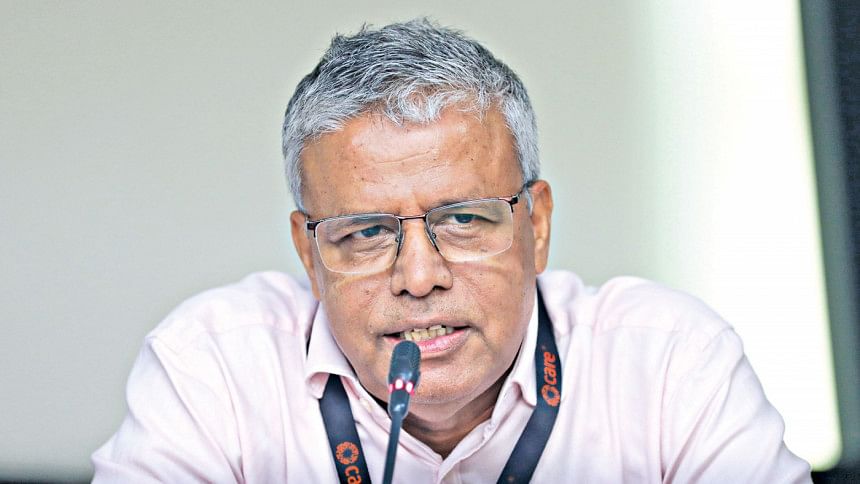
Ikhtiar Uddin Khandakar, Director, Health and Nutrition, CARE Bangladesh
A major underlying problem is a lack of trust in the healthcare system, particularly in public healthcare. New positions need to be created and existing vacancies need to be filled to ensure adequate human resources. Investment in technology is paramount.
One such area is improving service quality. Another pressing shift is the rising prevalence of non-communicable diseases, each imposing significant financial burdens on patients and their families due to required operations and medications. It is essential to identify specific areas where investment can yield optimal results. Primary healthcare must be a focal point, emphasizing family planning, nutrition, WASH, and other related services, which require systemic investment to meet local healthcare needs and reduce out-of-pocket expenses.
Developing accountability mechanisms through public representatives, in parallel with a centralized system, will enhance service quality.
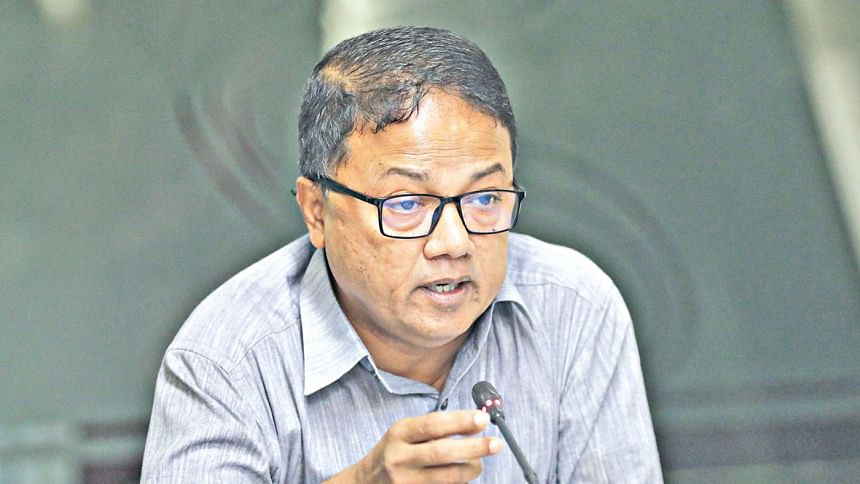
Shishir Moral, Journalist, Prothom Alo
A civil society movement in favour of reducing the prices of medicines is crucial to reducing out-of-pocket expenditure in the healthcare sector. We also need to strengthen Essential Drugs Company Limited (EDCL) because if the government starts producing essential drugs, the prices are bound to go down, ultimately reducing out-of-pocket expenditure. Simultaneously, corrupt officials who are still dealing with the healthcare sector need to be removed from their posts.
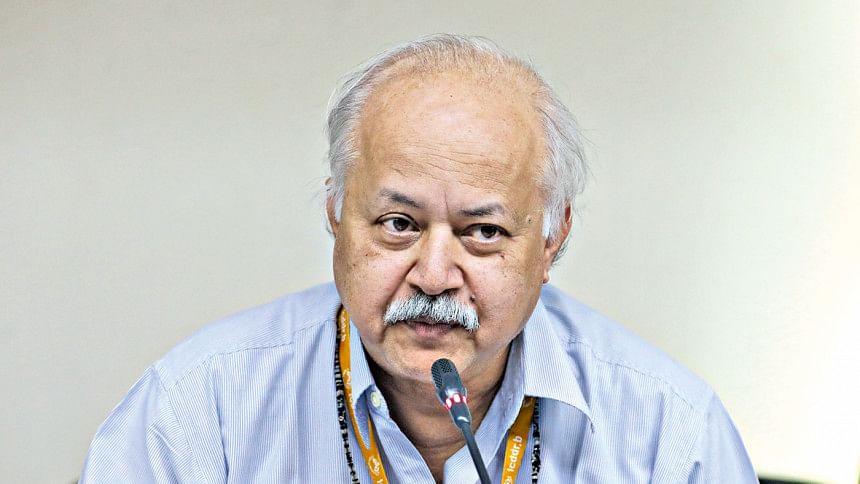
Dr Shams El Arifeen, Senior Director and Senior Scientist, icddr,b
I don't think having our policymakers treated here at home will solve the issues in our healthcare system. In our country, the "VIP culture" takes precedence over everything, so those in important positions will be prioritised over the common people. Ultimately, they will never get to realise the struggles these people have to face while trying to access healthcare.
We need to revolutionise and reform our healthcare system from within. Unfortunately, we don't see healthcare being discussed in political discourses. Bureaucracy will never get the system to change, that is a job for political leaders.
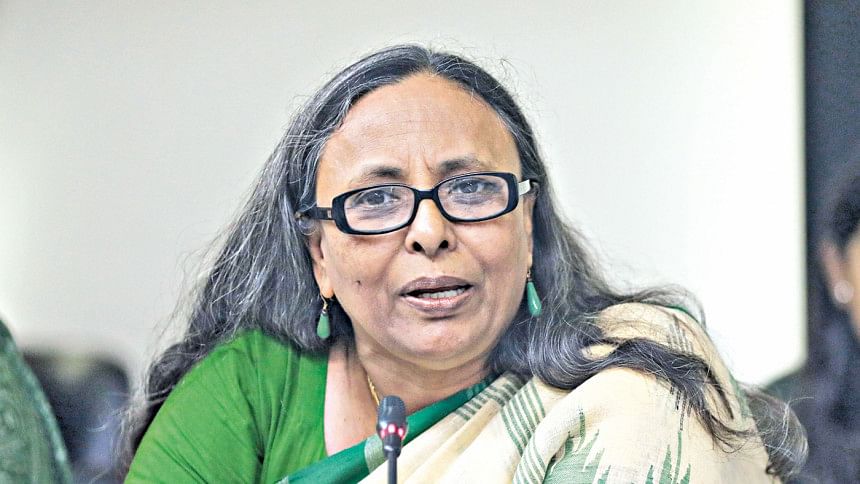
Samia Afrin, Project Director, Naripokkho
We need to strengthen our monitoring mechanisms and ensure accountability to make our healthcare system work. Hospital management committees usually have a wide array of representation of public representatives at all levels. However, they do not prioritize the issue of healthcare. The common people need to be involved to hold our institutions accountable.
In every five-year plan, there is usually a huge chapter on healthcare the timely and effective utilization of the allocations are in need to be ensured with close monitoring and the expenditure should be reviewed by civil society instead of increasing the budgetary allocation in the sector, so that the learnings can be incorporated into the next plans.
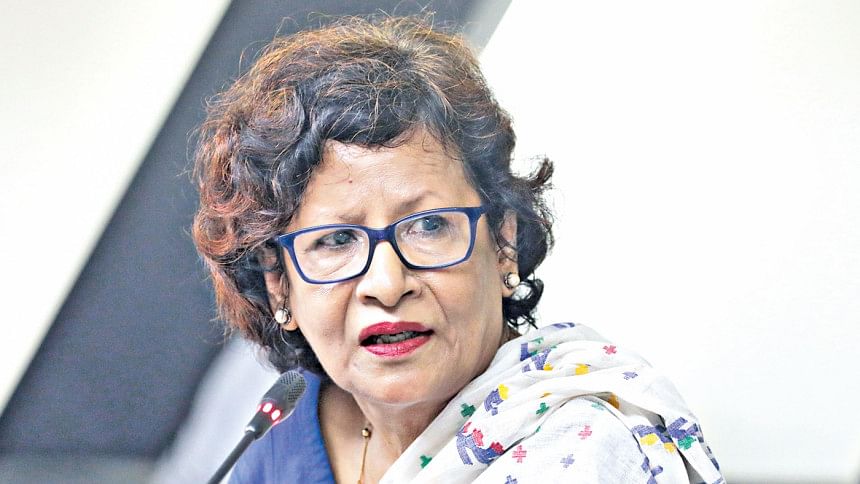
Kaosar Afsana, Professor, James P Grant School of Public Health, BRAC University
We need a proper review of public expenditures right after the budget proposals every year. Our healthcare system is not only about the doctors. We need to work as a team, including other healthcare workers as well.
Our government should invest more in science policy interfacing so we can identify the gaps in our system, research how we can address the gap and compare our situation with other sectors. We can engage in dialogue with members of parliament to discuss health issues and involve them. The essential drug policy is an important agenda that needs more focus to reduce out-of-pocket expenses.
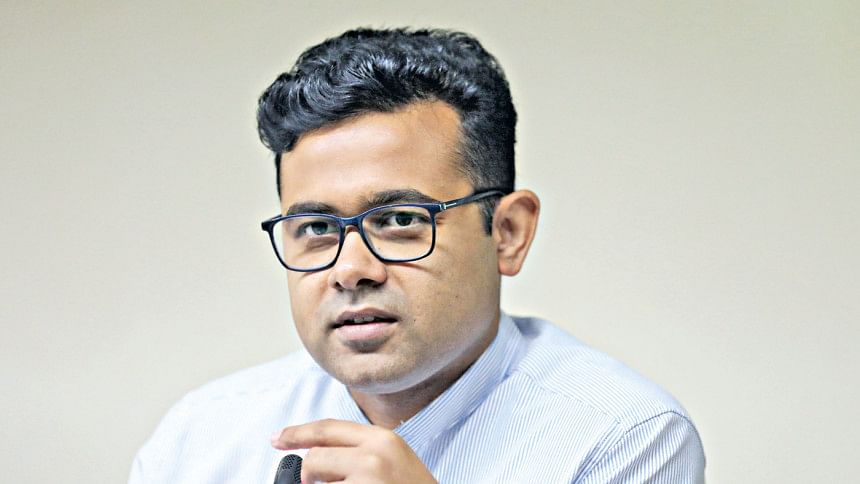
SM Shaikat, Executive Director, SERAC Bangladesh
We must realise the difference between need and right. Since healthcare is not recognised as a fundamental right in our Constitution, we cannot ask for legal help if we are denied medical treatment. The state can only try to make it more accessible for us, but it does not have a liability to ensure access to healthcare.
Our politicians also need some more literacy when it comes to health issues. They need to focus on policies that aim towards making people healthier rather than building infrastructures.
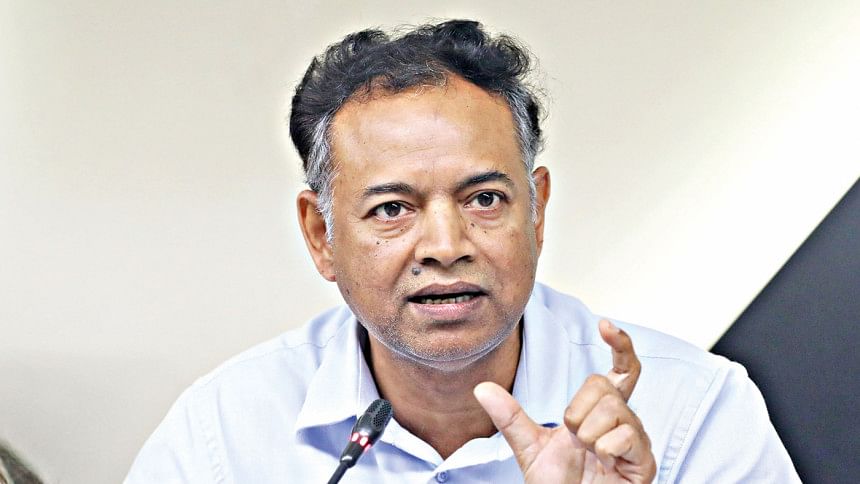
Sharif Mostafa Helal, Executive Director, BWHC
I agree that health service would improve if political leaders , MOH officials and other VIPs started availing the services offered to the common people from the public health facilities. Unfortunately, that is not how things work in our country. Recently I saw the news that a VIP went to a government eye hospital to seek treatment. While we were busy applauding the move, we conveniently forgot to address how common people seeking treatment at that facility might have been deprived of necessary medical assistance at the time the VIP was there. The reality is that the institutions active at the grassroots levels don't have adequate human resources to treat every patient.
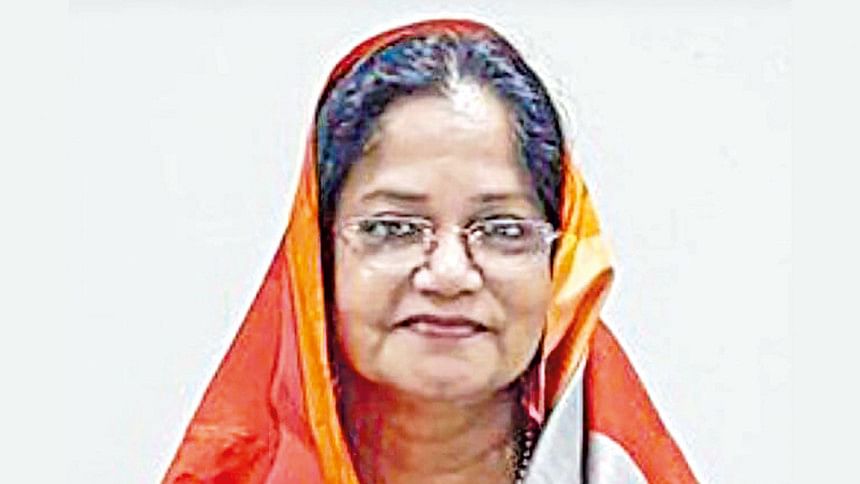
Prof. Dr Sameena Chowdhury, Past-President,OGSB
Hospitals must provide appropriate and necessary facilities and create an enabling environment to encourage women to seek services. The lack of quality in hospital services often discourages recipients from seeking care. Improving service quality requires not only equipment and medicines but also changes in the overall system and in the behavior and practices of service providers.
Service providers should treat recipients with due respect and dignity, promptly providing necessary treatment. Recipients must be informed of all essential information in a timely manner, enabling them to make informed decisions and express their preferences regarding their treatment. Government initiatives are necessary to ensure 'women-friendly' services and to encourage recipients to seek care from public health centers, thereby reducing out-of-pocket expenses. Additionally, the government should allocate the necessary budget to support these initiatives.
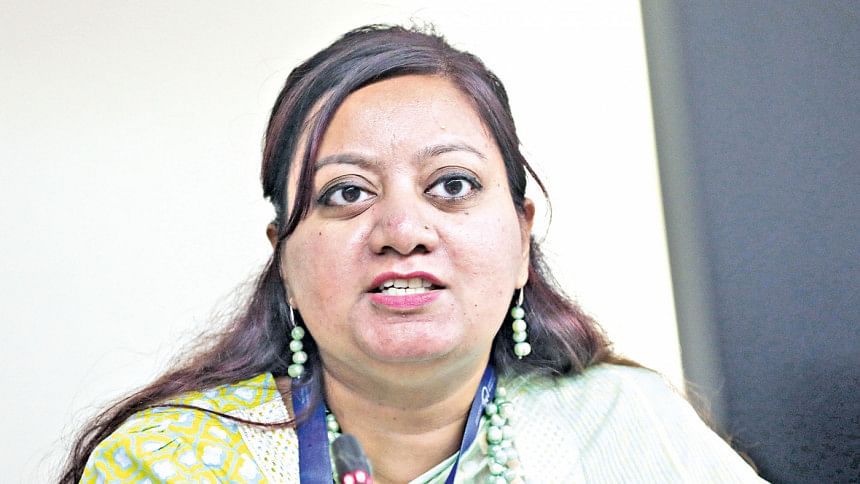
Dr Esrat Jahan, Regional Inclusive Health Specialist - South Asia, Handicap International
In Bangladesh, chronic illness accounts for 51 percent of the current mortality rate, and 42 percent of persons with disabilities suffer from chronic illness. Consequently, out-of-pocket expenditure is higher for persons with disabilities than for other groups, with most living below the poverty line and facing unmet healthcare needs three times greater than the general population. Chronic illness is closely linked to life expectancy, with persons with disabilities having a life expectancy 10-20 years shorter than others. They often cannot access health centres, private health facilities are unaffordable, and government facilities are inaccessible. Service providers are not trained to meet their needs.
Our proposed health budget lacks information on facilities for persons with disabilities. Moreover, there is no health insurance policy for them, and pregnant women with disabilities do not receive their allowances. We need to ensure a multidisciplinary approach to create an inclusive health budget.
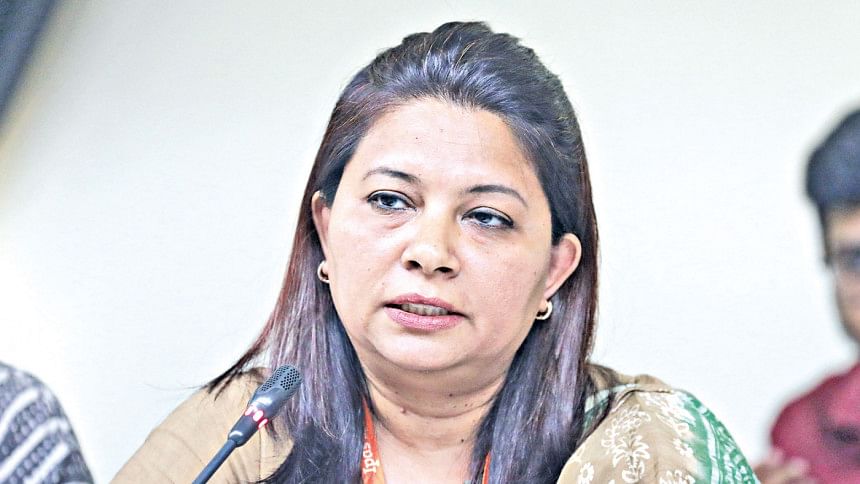
Farhana Jesmine Hasan, Senior Technical Advisor, SGBV, Ipas Bangladesh
Gender budgeing is addressed at the policy level in our country's health budget,but the current infrastructure and system are not gender friendly. The health budget is divided into four categories: empowerment, participation, access, and public service, but the allocation is heavily skewed towards public service. We need to enhance the monitoring system from a gender perspective to ensure better public service for women.
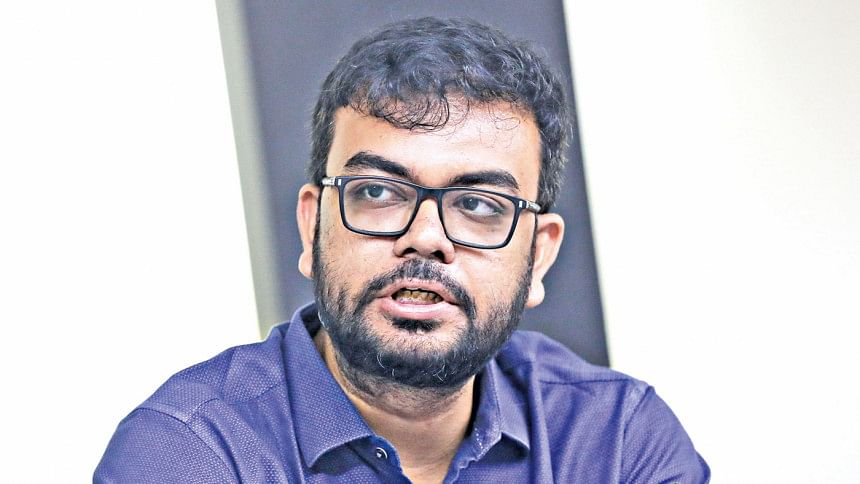
Dr. Imran Ahmed Chowdhury, Programme Head, BRAC
Looking at the last 20 years, significant achievements have been made in the health sector. However, in recent years, major health indicators have stagnated. Investment in the health sector has also been stagnant for the past 10-15 years. To improve the health sector and align with both the Sustainable Development Goals (SDGs) and our national plan, the government must increase efficiency in resource utilization and boost budgetary contributions to healthcare Without these changes, the maternal mortality rate (MMR) won't drop from 194 to 70 by 2030, and out-of-pocket costs won't fall to 30%.
The private sector plays a crucial role in the health sector. It's time they are brought under government regulations and laws. This will help to ensure quality control, define their roles, and guide their operations. It can also help partially control costs , and reducing out-of-pocket expenditures. The reluctance to collaborate between the Directorate General of Family Planning (DGFP) and the Directorate General of Health Services (DGHS) must be overcome. Their budget allocation and utilization have been decreasing, as seen in past budget and health expenditure analyses. To address this issue, alongside the government's initiatives, the government should also play a significant role in the planning phase and in utilizing additional funding in the health sector for strengthening the health system through bilateral agreements within the development sector. The right skill mix must be considered. It's not just about increasing the number of nurses or doctors; it needs to be ensured that we have the pipeline to meet our targets. Investment in this area is crucial. Nationally, there are approximately 12-12.4 health related professionals per 10-12,000 people. This number decreases in rural areas and even more in hard-to-reach areas like Char and Haor. We need to move beyond just talking about "leaving no one behind" without a comprehensive plan for the well-being of these communities. This demand should not remain at the planning level; there are opportunities to raise this demand from the community itself. Lastly, with 41 districts now climate-vulnerable, compared to 19 coastal areas five years ago, there is a significant opportunity to address climate and health issues together, as health issues in these vulnerable areas will become more severe in the coming days.
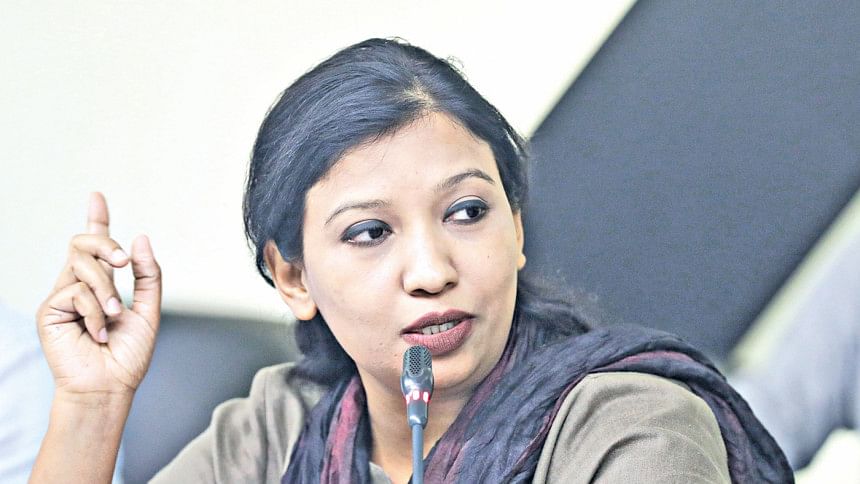
Ayesha Akhter, Legal Specialist, Gender Justice & Women Empowerment Cluster, Blast
BLAST in a public interest litigation, highlighted a statistical report indicating that 95 percent of doctors at upazila-level Health Complexes do not stay at their workstations and instead reside in cities, primarily Dhaka. Therefore, increasing the number of doctors and faciliies is no enough, raher strong monitoring and accountability is required. Article 18.1 of Bangladesh Constitution focuses on public health necessitates giving importance to various components, paricularly food and nutrition being critical among them. However, the general trend among the lower middle class in our country is to allocate a larger portion of their budget to medical expenses, often at the expense of their food and nutritional budget. As both medical and food costs continue to rise, this approach is unsustainable unless we balance these two essential areas.
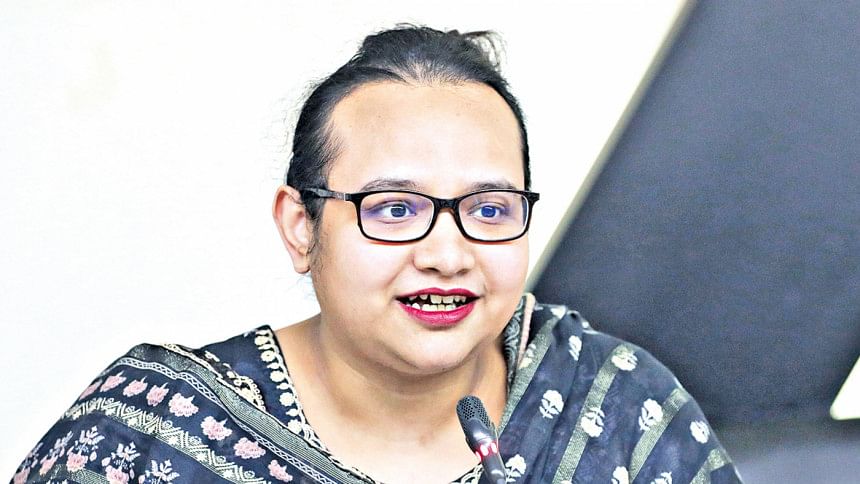
Mayisha Kabir, Executive Board Member, RTMI
Addressing both communicable and non-communicable diseases simultaneously presents a significant challenge. Many medical students from neighbouring countries study here and contribute to their own countries, indicating that our problem is not rooted in education. Solutions from abroad are unlikely to apply to our unique health sector challenges; instead, we need to develop our own strategies to address these issues.
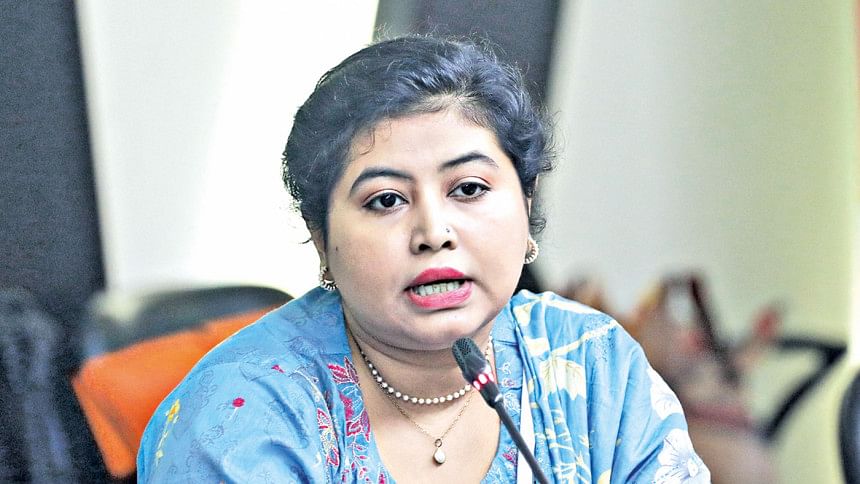
Santa Islam, Project Officer, Ain O Salish Kendra
The 5 percent budget allocation for health has remained unchanged for over a decade, and its utilisation is not being effectively managed. Civil society can play a crucial role in properly monitoring the health budget, particularly in hard-to-reach areas and at the upazila level. We need to engage in evidence-based advocacy at the policy level, which requires accurate and comprehensive data.
The private health sector has grown significantly, but the lack of data from this sector creates a persistent gap in health sector discussions. After Covid-19, we anticipated emergency funds and preparations to handle future health crises, but a critical review of our health budget is needed to see if it meets these expectations.
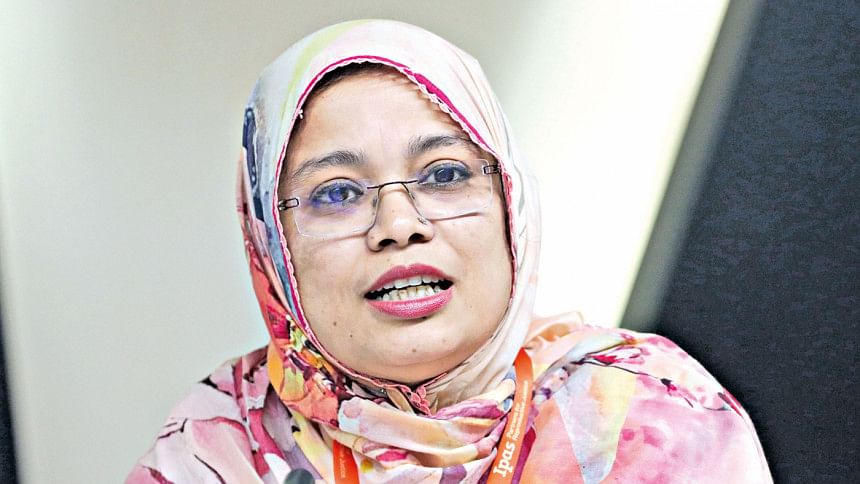
Dr Wahida Siraj, Director -Heath, Ipas Bangladesh
Our health system's workforce structure is not proportionate to the demand for health care. We need to evaluate whether our system is prepared to meet this demand. While our infrastructure, from the central to the community level, is excellent compared to neighboring countries, our workforce and support team are not sufficient in number and simultaneously lacks the necessary skills to effectively utilize resources and carry out their functions.
Currently numerous programmes being implemented in the upazila and higher-level health facilities. . However, the management workforce has remained the same at the Upazila and district level since the British era. .It is difficult to manage and supervise with this limited workforce and more personnel should be allocated for effective management.Otherwiseunrealistic expectations can hinder progress.
I pose this question to the media and civil society and other stakeholders who have grave responsibilities: Instead of solely scrutinising doctors for healthcare quality, how conducive are the infrastructures and health management systems in place for them to succeed in providing quality services at minimum cost?
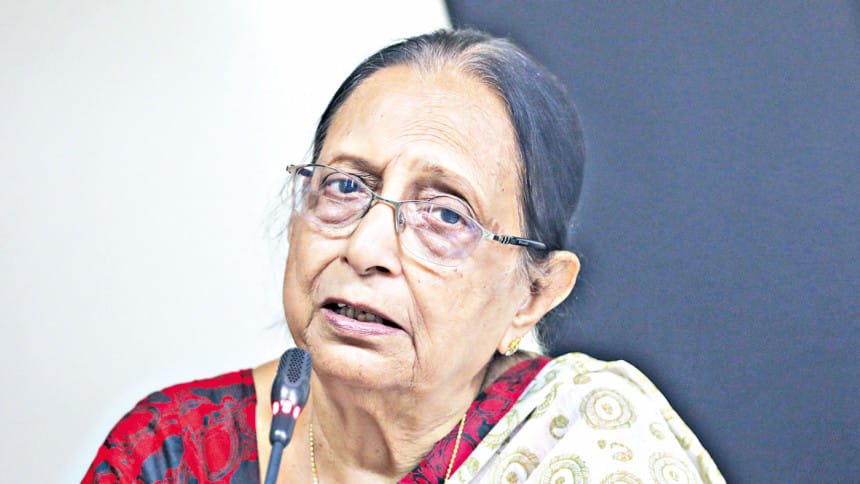
Dr Makduma Nargis, Vice-President, Bangladesh Mohila Parishad
Despite many intended healthcare reform projects, bureaucratic obstacles and inefficiencies persist, hindering our system's efficacy. If these fundamental issues are not addressed, our healthcare delivery will never reach its full potential.
During my tenure as joint secretary at the health ministry, I have noticed the continued existence of bifurcated service delivery and family planning systems in Bangladesh. This approach contributes to duplication and inefficiencies. Given our constrained health sector budget, maximising resource utilisation is paramount. This requires cohesive collaboration among all healthcare professionals, from doctors to primary caregivers, within a unified framework.
Secondly, decentralisation is often discussed but centralised decision-making remains dominant. This causes delays and gaps in addressing local issues promptly, impacting service delivery. Another crucial issue is the absence of policymakers in our current discourse. While grassroots and mainstream sectors engage in vital conversations, the absence of policymakers undermines the effective implementation of proposed solutions.
I have encountered situations where evidence-based studies compiled were overlooked by policymakers who wield the authority to act. Conversely, those implementing policies lack decision-making authority despite having immense knowledge of the issue derived from experience. This disconnect perpetuates unresolved issues.
Budget shortages are a reality, yet over-budgeting on certain programmes is also prevalent. During my tenure at a community clinic, significant funds remained unspent despite project completion, highlighting inefficiencies in budget utilisation. Pragmatic budgeting could mitigate such discrepancies and optimise resource allocation effectively.
As hypertension and diabetes rates surge in our country, timely provision of medicines in community clinics is crucial. However, interruptions in training due to conflicting government priorities have hindered progress. Effective integration of supervision, monitoring, and training across all levels is essential for improving service delivery and health outcomes.
In conclusion, addressing workforce limitations and enhancing training programmes are critical steps. Realistically, achieving comprehensive healthcare reform requires overcoming systemic challenges and aligning resources efficiently. Given the current state of our workforce and the practical constraints of our training programmes, I must realistically say that achieving this goal is not feasible at the moment.
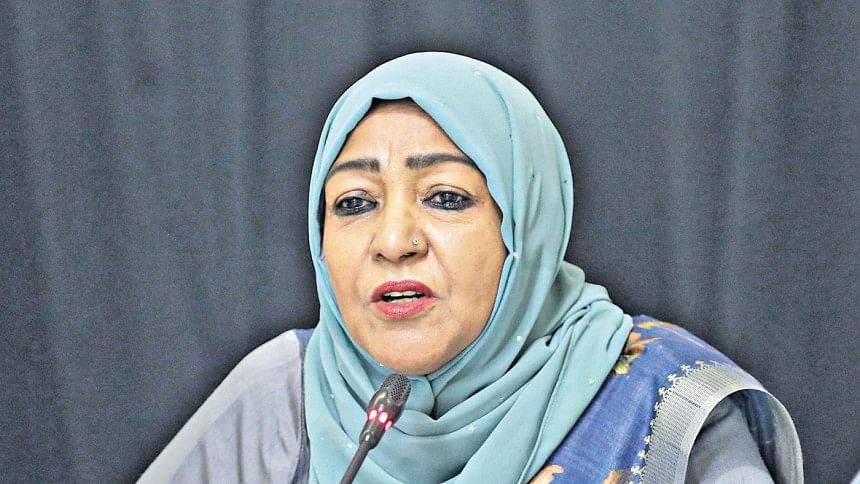
Dr Farhana Dewan, Co-Convenor, CSO Forum and President, OGSB
Today, we discussed a critical issue: health expenditure. Drawing from my extensive experience across various medical colleges during my government service, I reflect on who typically relies on public hospitals—the most vulnerable population who have no other options. The dedicated service provided by doctors in these institutions often goes unnoticed on a broader scale.
To address medication costs, it is crucial not only to reduce prices but also to ensure their widespread availability. For instance, coordinating a comprehensive care plan for pregnant women over nine months could optimise medication usage, aligning specific needs with each trimester. Regarding community clinics, while impressive infrastructure exists at various levels, coverage gaps remain. Although doctors are required to serve in rural areas for two years post-MBBS, there should be provisions for promotion to encourage sustained commitment to these underserved regions.
To enhance service quality, we must focus on robust planning and training for healthcare providers. While many essential medications are now accessible, gaps persist in availability, for instance, leading to substitutes like Magsulf, a very simple medication. Addressing out-of-pocket expenses for patients, especially for essential surgeries, is crucial and it becomes so difficult for ordinary people to pay such hefty amounts.
It is important to note that efforts to minimise operation costs are essential, ensuring affordability without compromising quality. By optimising budget allocations and refining service delivery strategies, we can bridge these gaps in our healthcare system effectively.
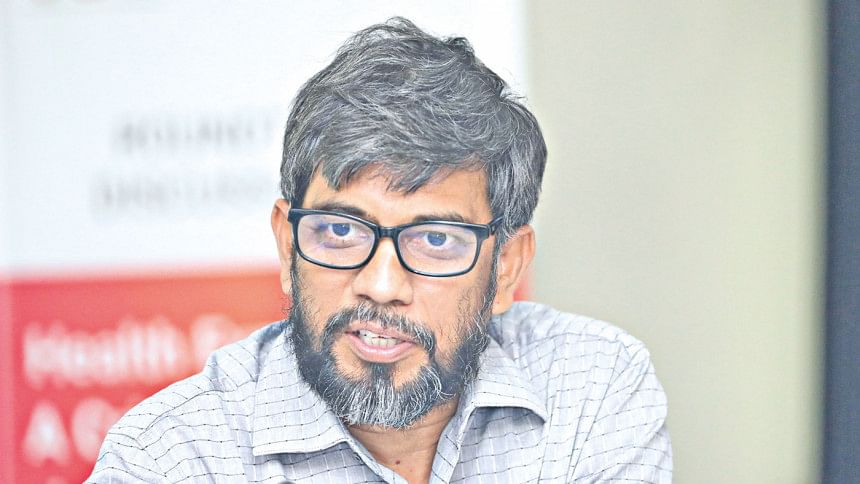
Syed Abdul Hamid, Professor, Department of Health Economics, University of Dhaka
For budget allocation, we are supposed to receive 12-15 percent, but instead, we only get 5.2 percent. This is nearly 10 percent less than what is needed. Why is it so low? Why can we not spend the allocated amount effectively?
The finance ministry sets a budget ceiling for each ministry, typically a 5-10 percent increase from the previous year. The health minister cannot exceed this ceiling unless an emergency, such as Covid-19, arises. This macro-level budgeting process means that the actual needs of patients and doctors are not fully reflected or met. Despite the Medium-Term Budgetary Framework (MTBF) process, where projects are supposed to be planned and budgeted for over three years, this ideal scenario often does not match reality.
Another issue is that budget requests must be tied to specific items. In the health sector, we have a high demand for human resources, including doctors, nurses, and technologists, down to the supporting staff. Timely recruitment in the health ministry is essential, yet it involves multiple layers of approval from DG Health, public administration, and finance. This bureaucratic process often delays recruitment and hampers budget allocation.
Critical sectors such as maternal care, neuroscience, and cancer care are severely understaffed. For instance, we have around 200-250 oncologists when we need approximately 1,500. By creating positions and recruiting more professionals in these vital areas, we can justify higher budget allocations. Additionally, many clinical centres need upgrades, we lack dedicated medical stores, and facilities are often inadequate. Addressing these deficiencies requires a bottom-up approach and comprehensive improvement plans.
Why can we not spend the budget effectively? There are three main reasons. First, factors like finance, procurement, and audit processes are often beyond the Health Ministry's control. Second, internal issues within the health ministry itself contribute to inefficiencies. Third, poor communication between facilities and DG Health exacerbates these problems.
A significant issue is the lack of training for facility managers and administrators. We have repeatedly advocated for a dedicated training programme for these roles, focusing on procurement, accounting, and finance from day one in the BCS. Proper training would bridge knowledge gaps and improve efficiency.
Our current procurement system is flawed, designed more for engineering and construction than health. Addressing these malpractices and managing procurements effectively is crucial for improvement in the health sector. Only by tackling these fundamental issues can we hope to see substantial progress.
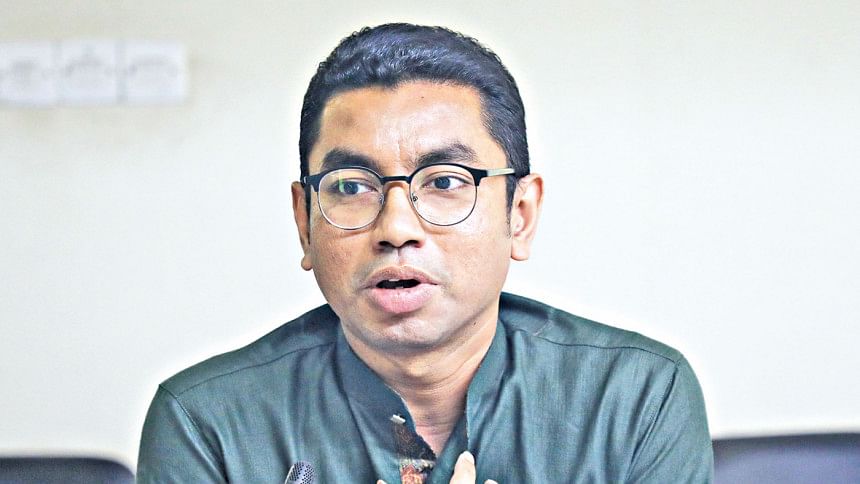
Tanjim Ferdous, In-Charge, NGOs & Foreign Missions, Business Development Team, The Daily Star
Today's discussion will shed light on the budget allocation for the health sector of this fiscal year, which is Tk 41,407 crore out of a total budget of Tk 7,97,000 crore. We will try to identify the areas within the health sector where this allocation is being directed, assess the efficient usage of the allotment, and determine what can be done to make the usage more efficient. Additionally, we will discuss how the current scenario supports the effectiveness of the sexual and reproductive health and rights (SRHR) ecosystem.
Recommendations
- Increase Budgetary Allocation: The budgetary allocation by the government for the healthcare sector needs to be increased to meet the growing demands and ensure adequate resources.
- Ensure Efficient Utilization: Proper and timely utilization of budgetary allocations for healthcare must be ensured to maximize impact and efficiency. The management capacity for budgeting, implementing health programs, ensuring accountability and delegating authority to local level is key for effective utilization of resources.
- Reduce Out-of-Pocket Expenditure: Efforts should be made to lower out-of-pocket health expenditures for individuals, making healthcare more affordable. Prices of essential drugs need to be reduced; EDCL needs to be strengthened to reduce.
- Universal Health Insurance: The government should provide universal health insurance coverage to ensure that all citizens have access to essential health services.
- Improve Data Management: Proper management and accessibility of health data from both public and private sectors should be ensured for better decision-making and policy formulation.
- Address Climate Change: Climate change issues should be integrated into the upcoming health budget to address the health impacts of environmental changes.
- Gender-Sensitive Budgeting: Health budgeting needs to address issues from a gendered perspective, ensuring equitable access and addressing specific health needs of all genders.
- Support for Persons with Disabilities: The health budget should adequately address the needs of persons with disabilities, ensuring they have access to necessary health services and support.
- Civil society and mass media must push for a review of development plans and budgetary allocations for the healthcare sector.

 For all latest news, follow The Daily Star's Google News channel.
For all latest news, follow The Daily Star's Google News channel. 



Comments